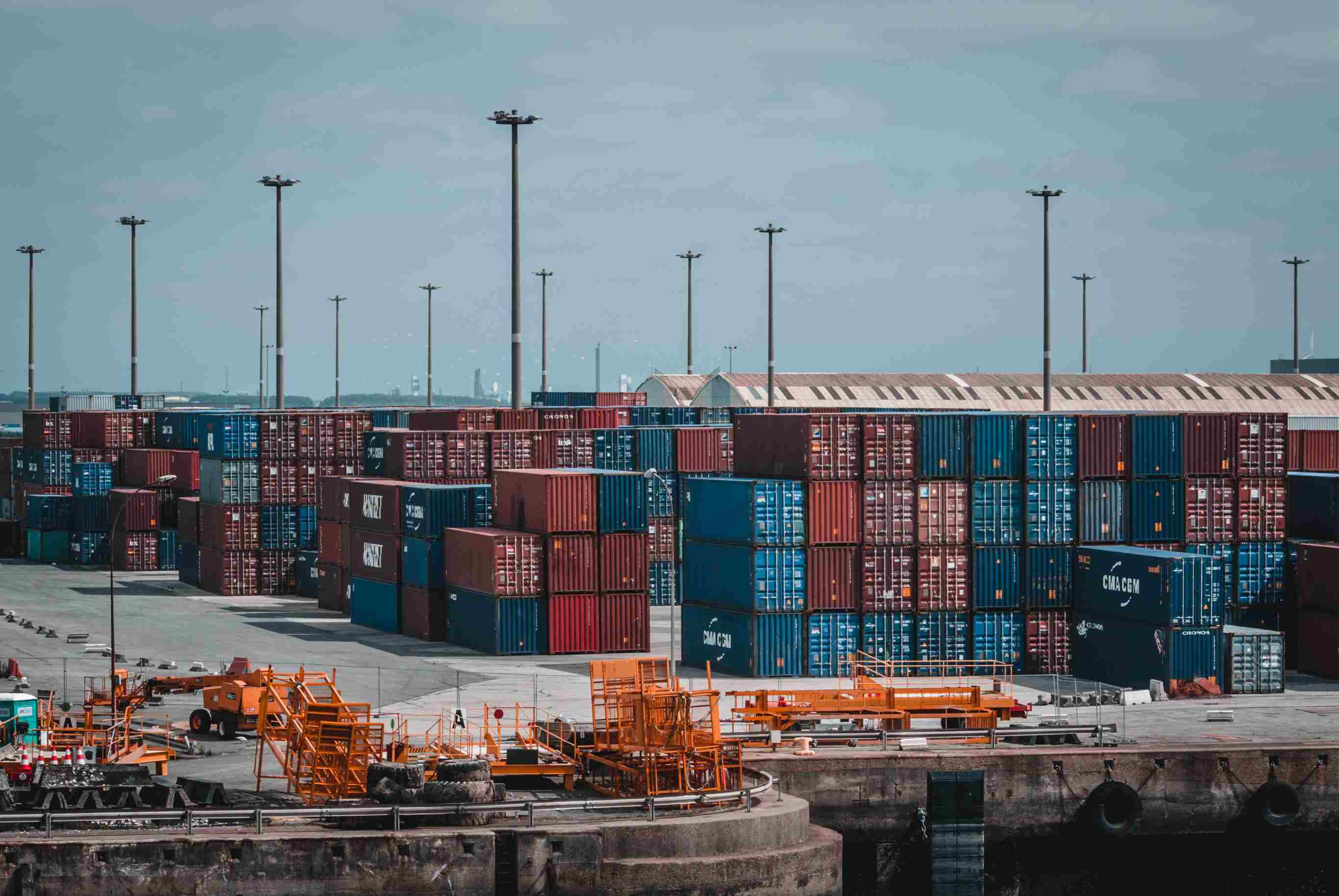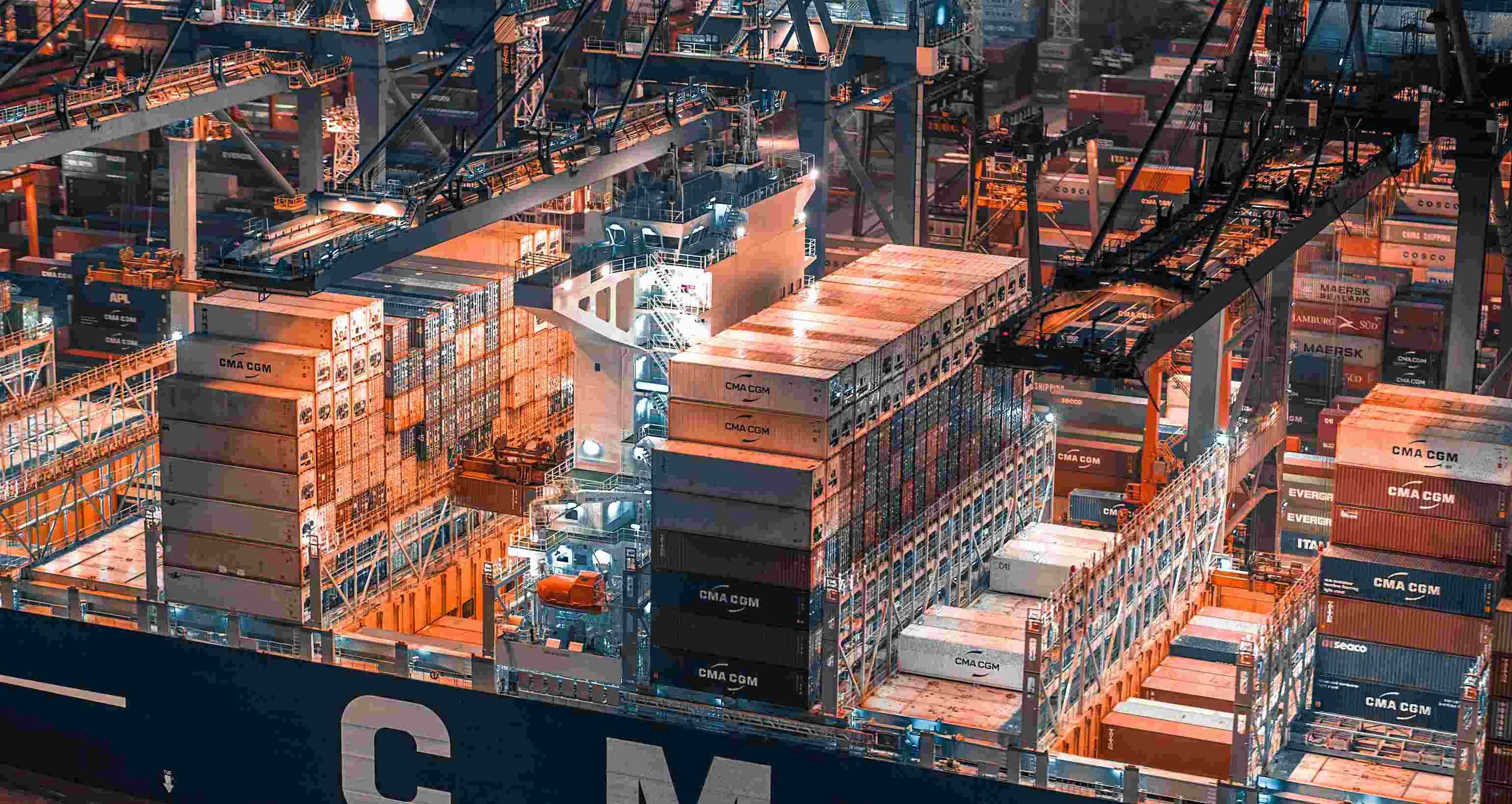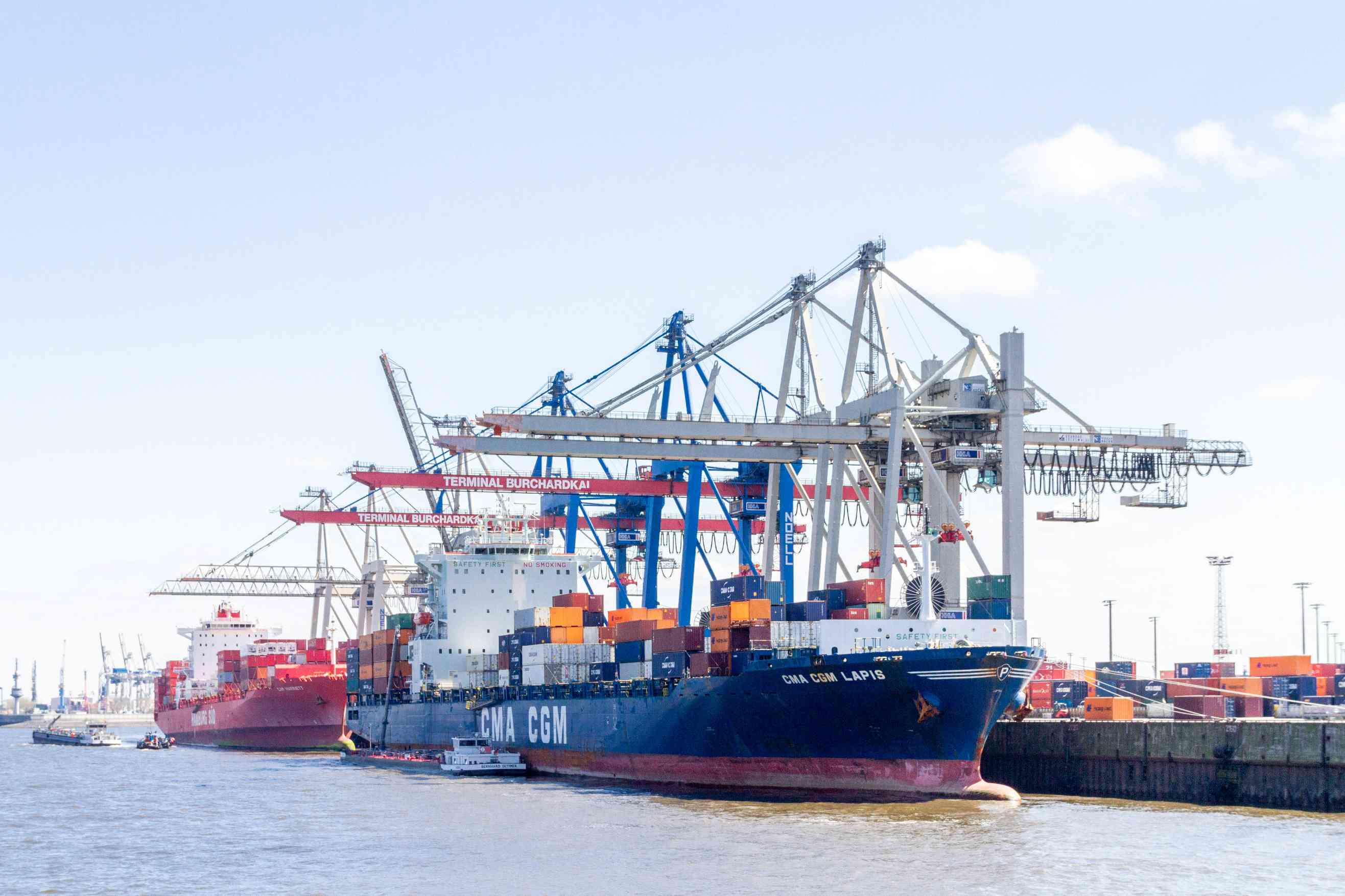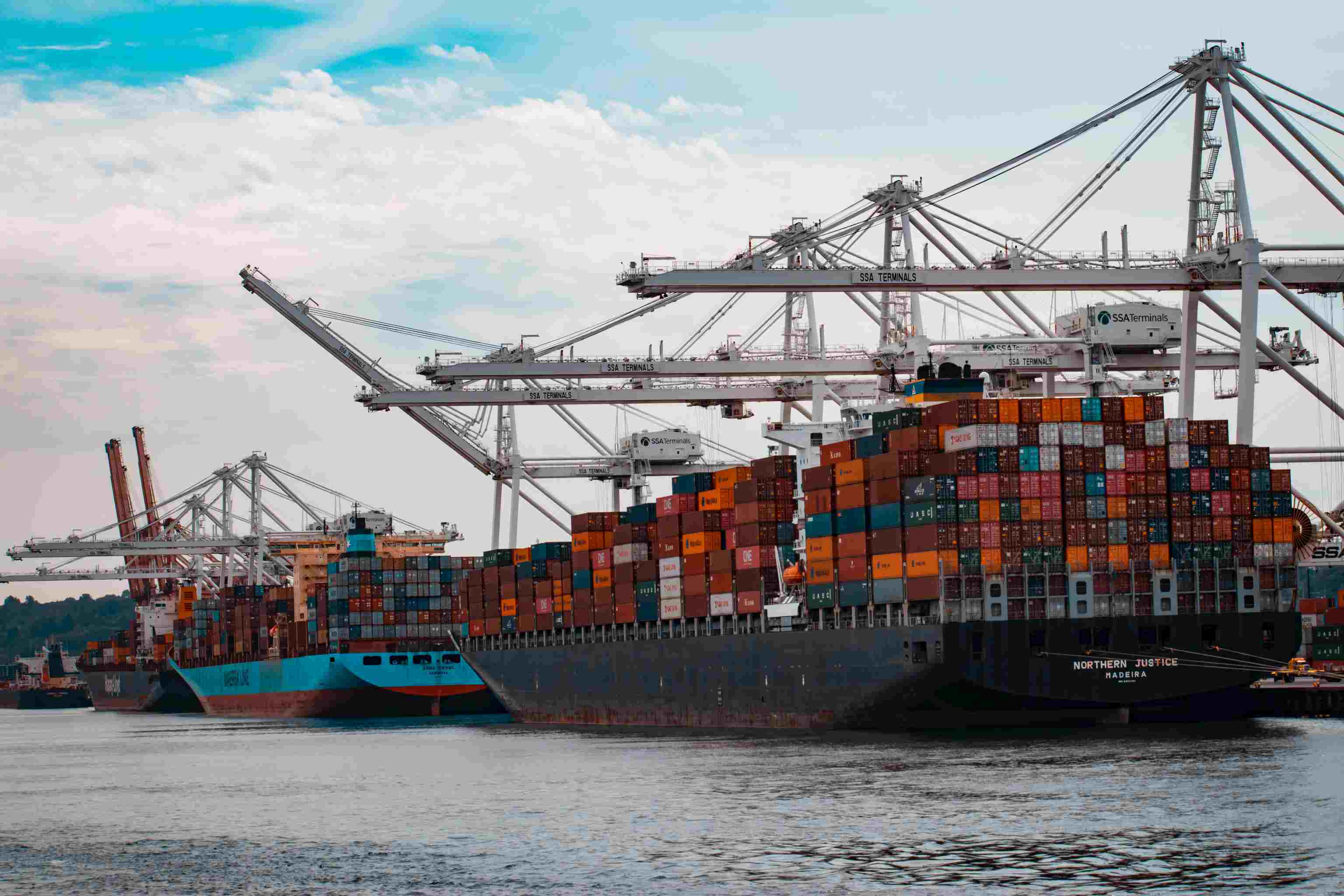Navigating the Complex Landscape of Overseas Shipping Costs
The Significance of Overseas Shipping
Businesses operating on a global scale understand the vital role played by overseas shipping. Whether it's raw materials sourced from international suppliers or finished products reaching customers across the globe, the efficient movement of goods is imperative for maintaining a competitive edge. As companies expand their reach, the complexity of managing overseas shipping costs becomes increasingly challenging.Factors Influencing Overseas Shipping Costs
Distance and Geography
Proximity to Major Shipping Routes: The geographical location of destinations holds a direct correlation with shipping costs. Areas near major shipping routes often enjoy lower costs due to streamlined logistics. Understanding and strategically selecting shipping routes can significantly impact the overall cost-effectiveness of overseas shipments.Remote Locations and Accessibility Challenges: On the flip side, remote locations present logistical challenges that can escalate shipping costs. Limited accessibility, longer transit times, and the need for specialized transportation contribute to higher expenses. Businesses must carefully evaluate the cost implications of shipping to remote destinations.
Shipping Methodology
Air Freight vs. Sea Freight: The choice between air and sea freight is a pivotal decision influencing shipping costs. While air freight offers speed, it comes at a premium. Sea freight, though more economical, demands longer lead times. Striking the right balance based on the nature of the goods and urgency is crucial for cost-effective overseas shipping.Express vs. Standard Shipping: Express shipping services promise faster delivery but often at a higher cost. Standard shipping, on the other hand, provides a more economical option with slightly extended delivery times. Businesses must weigh the urgency of shipments against budget constraints to make informed decisions.
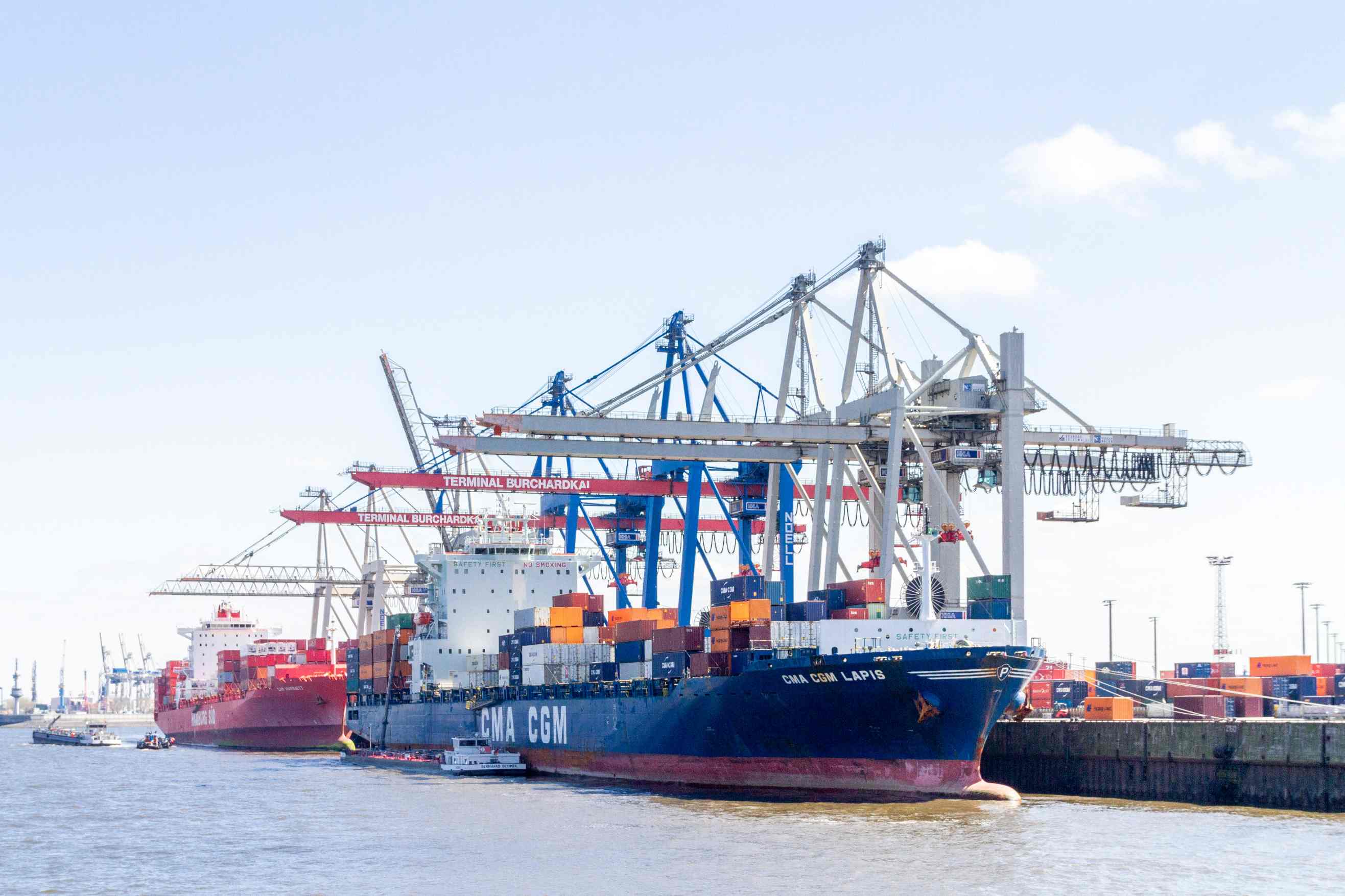
Tariffs, Duties, and Taxes
Understanding Tariffs and Trade Agreements
How Tariffs Affect Shipping Costs: Tariffs, imposed by governments on imported and exported goods, directly impact shipping costs. Navigating the intricacies of tariffs is essential to avoid unexpected expenses. Awareness of trade agreements can offer opportunities to mitigate tariff-related costs.Navigating Trade Agreements for Cost Savings: Savvy businesses explore and leverage trade agreements to optimize shipping costs. Understanding the terms of these agreements and aligning shipping strategies accordingly can result in substantial cost savings for companies engaged in international trade.
Import Duties and Taxes
Local Regulations Impacting Costs: Import duties and taxes are often determined by local regulations, adding complexity to overseas shipping costs. Businesses must stay informed about the tax landscape in destination countries to anticipate and manage these additional expenses effectively.Strategies for Managing Duties and Taxes: Employing strategies such as proper classification of goods, utilizing duty drawback programs, and exploring exemptions can help businesses proactively manage and minimize import duties and taxes.
Packaging and Dimensional Weight
Importance of Efficient Packaging
Minimizing Packaging Waste and Costs: Efficient packaging not only contributes to sustainability but also reduces shipping costs. Businesses need to find the right balance between protecting goods and minimizing packaging materials to control expenses.Optimizing Package Dimensions for Cost Efficiency: Strategic packaging design that minimizes dimensional weight can lead to substantial savings. Companies should invest in packaging solutions that align with carrier dimensional weight pricing models to optimize costs.
Dimensional Weight Calculation
How Dimensional Weight Impacts Shipping Costs: Carriers often use dimensional weight as a pricing factor, considering both weight and volume. Understanding how this calculation works is crucial for businesses aiming to control shipping costs effectively.Strategies to Minimize Dimensional Weight Charges: Tactics such as bundling, proper packaging selection, and negotiating favorable dimensional weight terms with carriers can help businesses minimize the impact of dimensional weight charges on their shipping costs.
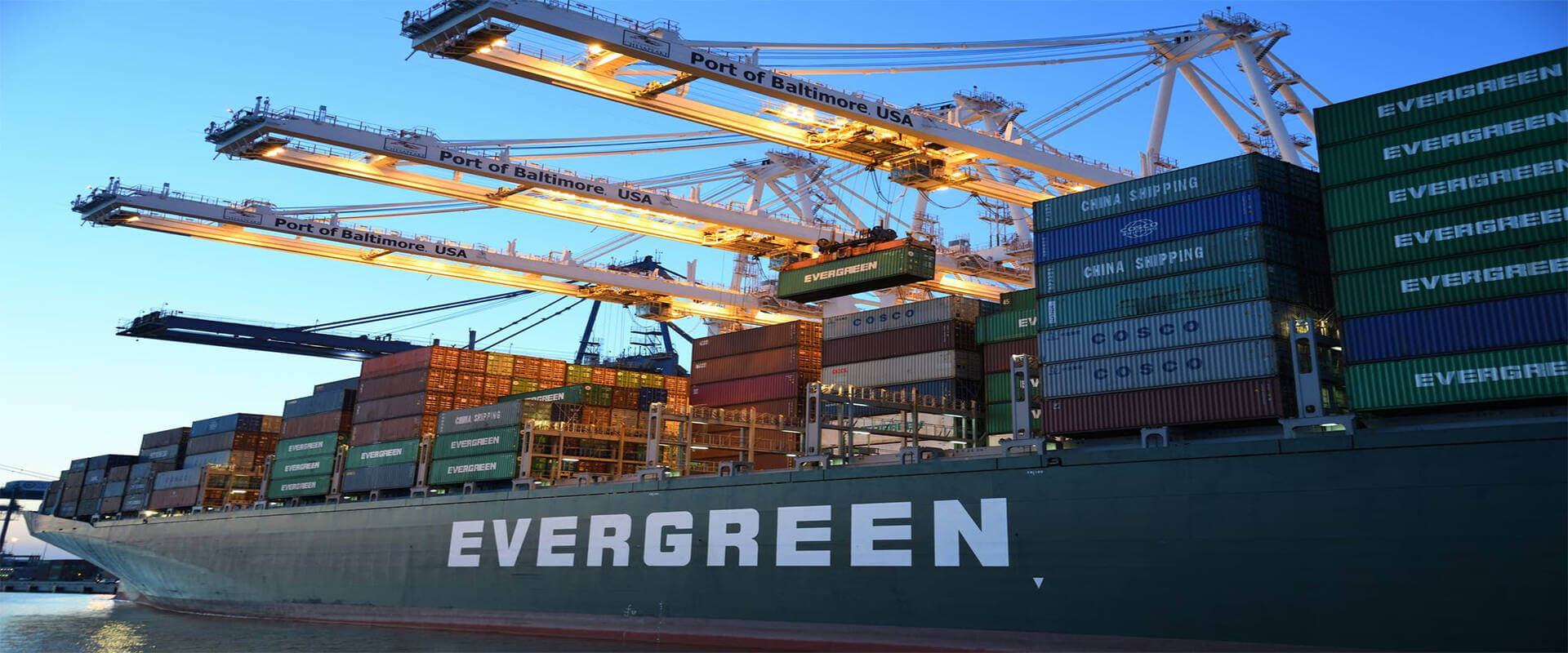
Technology Solutions for Cost Optimization
Shipping Software and Automation
Streamlining Shipping Processes: Investing in shipping software and automation tools streamlines shipping processes, reducing manual errors and enhancing overall efficiency. Businesses can achieve cost savings through improved accuracy and reduced processing times.Real-time Cost Visibility and Decision-making: Real-time visibility into shipping costs empowers businesses to make informed decisions. With accurate and up-to-date cost information, companies can choose the most cost-effective shipping options, optimizing their supply chain.
Data Analytics for Informed Decision Making
Leveraging Data to Identify Cost-saving Opportunities: Data analytics tools can uncover patterns and trends in shipping costs, providing valuable insights. Businesses can use this information to identify cost-saving opportunities, negotiate better rates, and optimize their overall shipping strategy.Predictive Analytics for Future Cost Planning: Predictive analytics enable businesses to anticipate future shipping costs based on historical data and market trends. This proactive approach allows companies to plan and budget effectively, mitigating the impact of potential cost fluctuations.
